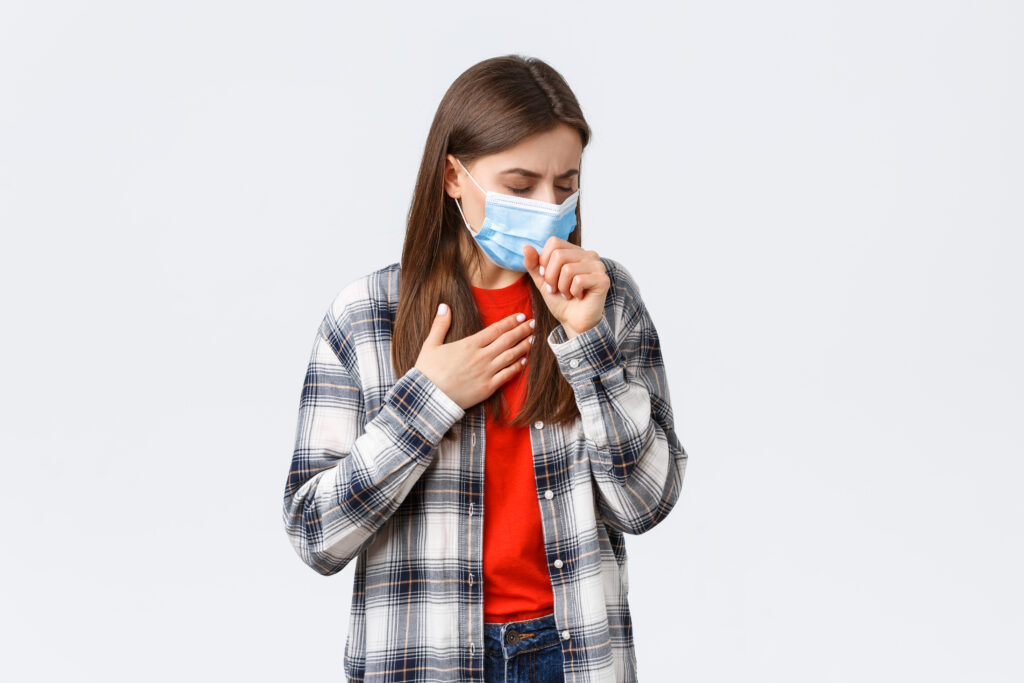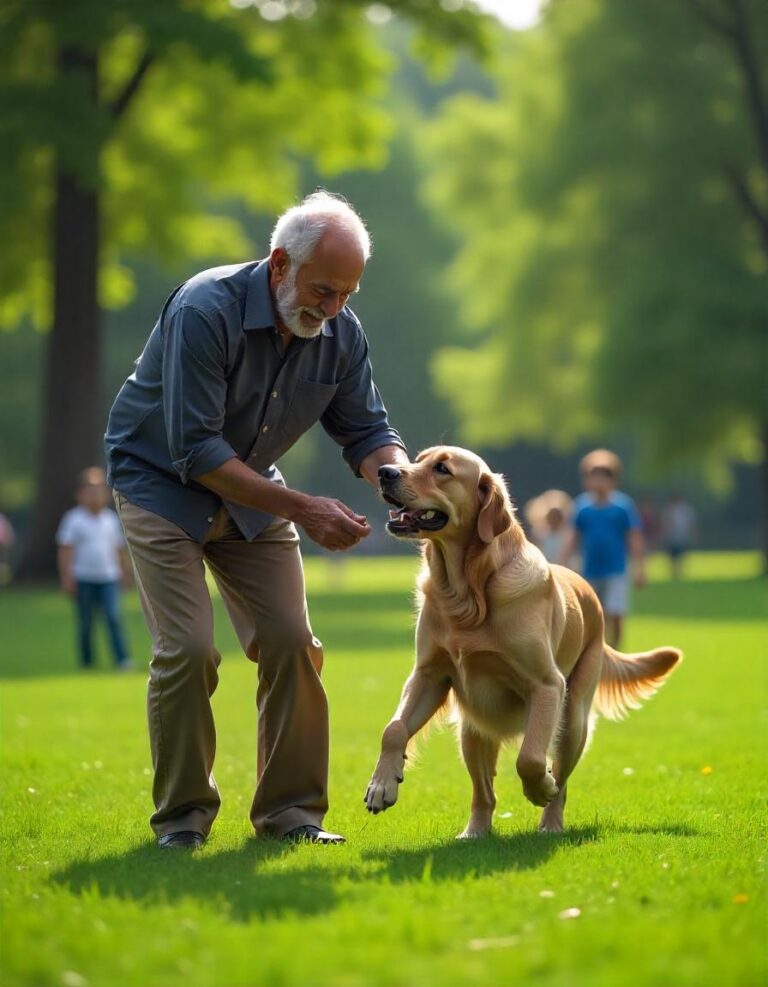Walking Pneumonia Cases : Signs, Symptoms and Recovery
Pneumonia, a respiratory infection that causes inflammation in the air sacs of the lungs, is frequently accompanied with severe symptoms and hospitalization. Walking pneumonia, a lesser-known form, has been more frequently recorded. This article looks into the world of walking pneumonia, examining its causes, symptoms, diagnosis, treatment, and prevention methods.
Walking Pneumonia Cases:
Walking pneumonia, sometimes called atypical pneumonia or mycoplasma pneumonia, is a mild form of pneumonia caused by the bacteria Mycoplasma pneumoniae. Unlike typical pneumonia, walking pneumonia frequently appears with minor symptoms, allowing people to go about their everyday lives, hence the name “walking” pneumonia.
Causes and risk factors
- Mycoplasma pneumoniae is the major cause of walking pneumonia.
- Age: Children and young adults are particularly vulnerable.
- Weakened Immune System: People with weakened immune systems, such as those living with HIV/AIDS or undergoing chemotherapy, are particularly vulnerable.
- Respiratory Conditions: Pre-existing illnesses, such as asthma or chronic obstructive pulmonary disease (COPD), raise the risk.
- Exposure: Being in close touch with an infected person or contaminated surfaces can spread the virus.
- walking Pneumonia is very harmful for our health

Symptons :
Walking pneumonia symptoms can be minor and develop gradually, much like a normal cold. Common symptoms include:
- Mild Cough: A continuous and dry cough.
- Fatigue: Tiredness or exhaustion.
- Headache is a mild to moderate headache.
- Sore Throat: A scratchy, sore throat.
- Fever: A low-grade fever, typically below 102°F (39°C).
- Shortness of Breath: Some trouble breathing. Diagnosis Walking pneumonia’s modest symptoms make it difficult to diagnose. Healthcare practitioners might use:
- Physical Exam: Listening to lung sounds and looking for symptoms of infection.
- Chest X-Ray: To rule out other respiratory issues.
- Blood Tests: Determine the existence of Mycoplasma pneumoniae antibodies. 4. Sputum Test: Checks mucus for bacterial presence. Treatment
Treatment for walking pneumonia typically includes:
- Antibiotics: Use azithromycin or clarithromycin to treat the bacterial infection.
- Rest and Hydration: Get enough of rest and drinks to help your body heal. 3. Over-the-Counter Medications: Use pain relievers and cough suppressants to alleviate symptoms.
- Home Remedies: Using a humidifier and inhaling steam.
Prevention Strategy
- Vaccination: Getting immunized against influenza and pneumococcal illness.
- Good Hygiene: Consistent handwashing, avoiding close contact with diseased people, and not sharing utensils or personal goods.
- Healthy Lifestyle: Consuming a well-balanced diet, exercising regularly, and getting enough sleep.
- Avoiding Irritants: Keep away from smoke, dust, and other environmental irritants.
- use masks in public places
- Avoid crowding and maintain cleaning
Mild symptons :
1. A persistent dry cough is a mild symptom.
2. Light exhaustion or weariness
3. Mild to moderate headache
4. A sore throat
5. Fever of low grade (less than 102°F/39°C)
6. Breathing difficulties or mild dyspnea 7. Tightness or discomfort in the chest Either mild bronchitis or wheezing
Respiratory Symptoms:
1. Coughing up phlegm or mucous
2. Congestion in the chest
3. Having trouble breathing when in a supine position
4. Breathing too quickly or shallowly
5. Crackling or wheezing noises in the lungs
Symptoms in general:
1. Appetite loss
2. Severe muscle or body aches
3. Chills or sweating
4. Congestion or pain in the ears
5. Mood fluctuations or irritability
advanced symptoms rarely include:
1. Severe fever (over 40°C/104°F)
2. Prolonged coughing or trouble breathing
3. Pressure or pain in the chest
4. Disorientation or confusion
Duration:
Symptoms of walking pneumonia usually last:
1. Mild cases: 2-4 weeks
2. Moderate cases: 4-6 weeks
3. 6–8 weeks
in extreme situations Crucial Information:
1. In certain instances, walking pneumonia may not cause any symptoms.
2. Physical activity or the night may exacerbate symptoms.
3. Symptoms may be more severe in older people or those with weakened immune systems.
4. See a medical expert if symptoms worsen or continue.
When to Get Medical Help:
1. Breathing problems
2. Pressure or pain in the chest
3. A stiff neck or excruciating headache 4. A temperature above 104°F (40°C)
5. Disorientation or confusion
6. Prolonged vomiting or coughing
7. Breathlessness while at rest
Conclusion:
Walking pneumonia is more frequent than you might believe, so it’s important to understand its causes, symptoms, diagnosis, treatment, and preventative techniques. Understanding this illness enables you to take proactive measures to safeguard yourself and your loved ones.
If you are want to stay away from disease read given below
What Is Somatic Yoga?: Its 10 Benifits,practices








